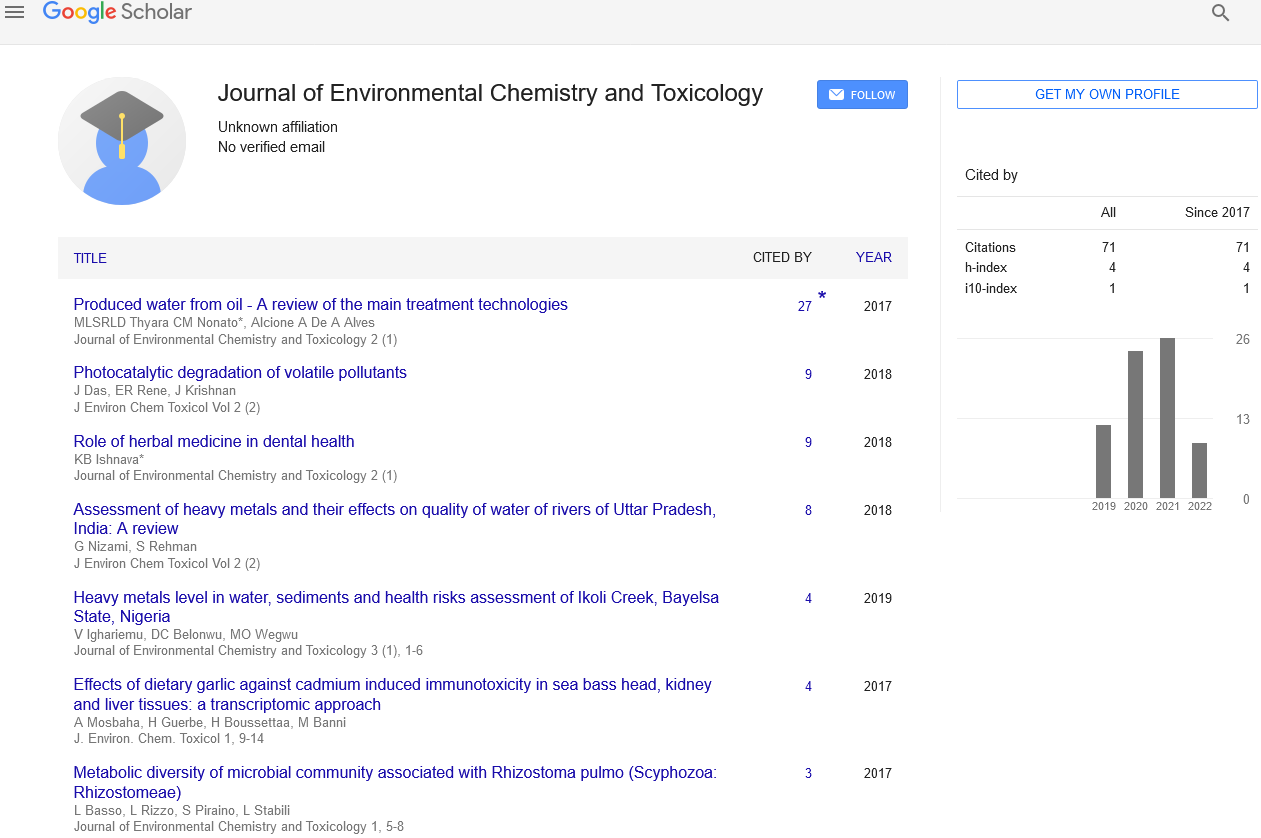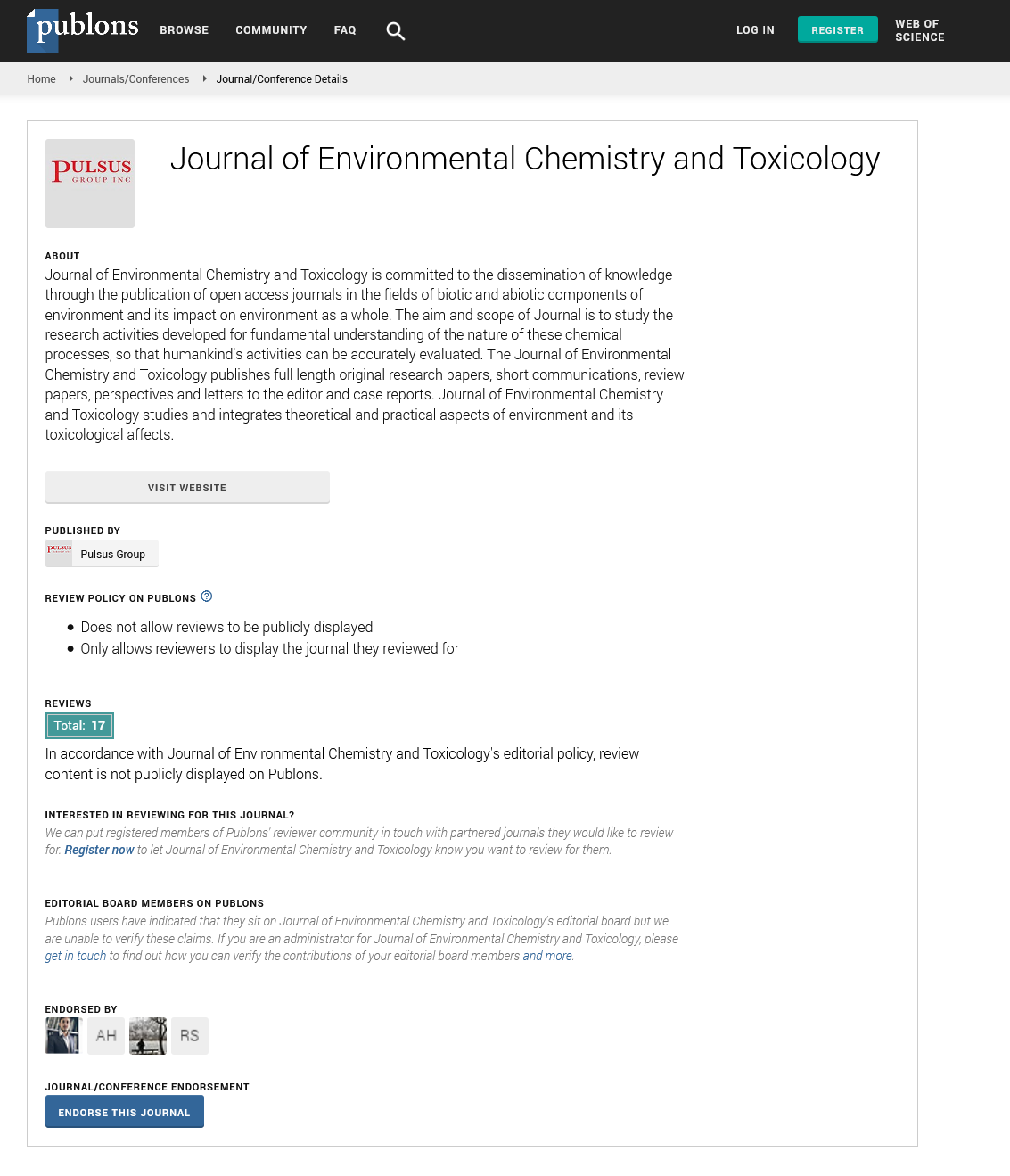The application of CRISPR genome editing technology in gene therapy: Long way to go
Received: 16-Jan-2018 Accepted Date: Jan 17, 2018; Published: 27-Jan-2018
Citation: Ye W. The application of CRISPR genome editing technology in gene therapy: Long way to go. J Mar Microbiol. 2018;2(1):3.
This open-access article is distributed under the terms of the Creative Commons Attribution Non-Commercial License (CC BY-NC) (http://creativecommons.org/licenses/by-nc/4.0/), which permits reuse, distribution and reproduction of the article, provided that the original work is properly cited and the reuse is restricted to noncommercial purposes. For commercial reuse, contact reprints@pulsus.com
The CRISPR genome editing technology was a rising technology using complex of Cas9 protein and gRNA scaffold to knockout target genes. Compared with zinc finger nuclease (ZFN) technology and transcription activator-like effector nuclease (TALEN) technology, CRISPR technology showed the advantages of low-cost, convenient, high-efficient and time-saving. And CRISPR has been wildly used in the genome editing of mammalian cells, plants and microbiology. As the enhancement of the genome editing efficiency and the lower off-target rate for CRISPR technology, CRISPR technology has been used in the treatment of diseases caused by gene mutation such as Duchenne’s malnutrition, muscular dystrophy and retinal pigment degeneration in mammalian animals. It is believed that the CRISPR genome editing technology would be thriving in the field of gene therapy.
Harmless virus or vectors were employed to transfer specific gene with good copy into cells, thus repairing the disease-related defective genes in the process of traditional gene therapy. The new CRISPR genome editing technology could cut even replace single base to treat hereditary disease without using virus vector system, which would not introduce foreign gene into the human body, and the foreign genes would possible result in the gene mutation, thus leading to the unknowing gene-mutation disease including activating pro-oncogene. Thus, CRISPR genome editing is more safe, convenient and efficient compared with traditional gene therapy.
There is still long way to go
However, there is still long way to go for the application of CRISPR genome editing technology in the gene therapy in human body: Firstly, only a few mammalian cells containing repaired gene could survive in the human body, and it is difficult to transfer repaired cells to specific tissues. Recently, a new kind of lipid nanoparticles were developed to transfer CRISPR-Cas9 complex into specific tissues to modify the sterol-regulatory gene Pcsk9 in mouse [1] which could prevent the harmless of using virus vector, which would result in immune response in mammalian cells. Secondly, the offtarget effect of CRISRP-Cas9 protein would result in the accident knockout of necessary genes for human, thus leading to the unexpected disease such as cancer. And the remaining active cas9 protein in the human body would cut off genes to cause gene-defective diseases, therefore, it is very necessary to develop switch for the knockout of CRISPR-Cas9 complex. Fortunately, it was reported that AcrIIC1 produced by bacteriophage could bind to the NHH catalyzed domain, which is conserved motif of different cas9 proteins, thus, this kind of anti-CRISPR proteins Acr could inactive cas9 protein, thereby providing a highly effective switch for the application of CRISPR genome editing technology in the gene therapy. Another kind of anti- CRISPR protein could simulate DNA to trick CRISPR-cas9 complex to bind with this protein, thus devitalizing the cas9 protein (Harrington et al., 2017). Meanwhile, the inactivation of CRISPR-cas9 complex would significantly decrease the off-target efficiency. Thirdly, it is much easier to knockout specific genes compared with repairing genes, which is highly dependent on the HDR efficiency. It is urgent to improve the repair efficiency of CRISPR genome editing technology. A new CRISPR system namely REPAIR containing PspCas13b enzyme and ADAR2 protein was reported to possess the ability to finish the A to I replacement in mammalian cells [2,3] this is the first precise RNA editing CRISPR system, which is more efficient to restore the function of some key proteins in human body, thus healing some protein-dysfunction disease.
CRISPR genome editing technology has been used to target OCT4 gene in donative human zygote, in order to investigate the function of OCT4 gene during early embryonic development. Although there is long way to go for the application of CRISPR genome editing technology in the gene therapy in human body, many efforts have been made to improve the efficiency, accuracy and safety of this newly thriving genome editing technology. We believe that CRISPR genome editing technology would be widely used in the gene therapy for the hereditary diseases in the near future.
REFERENCES
- Yin H, Song CQ, Suresh S, et al. Structure-guided chemical modification of guide RNA enables potent non-viral in vivo genome editing. Nature Biotechnology. 2017.
- David BTC, Jonathan S, Gootenberg O, et al. RNA editing with CRISPR-Cas13. Science. 2017.
- Harrington LB, Doxzen KW, Enbo M, et al. A broad-spectrum inhibitor of CRISPR-Cas9. Cell. 2017;170:1224-33.






